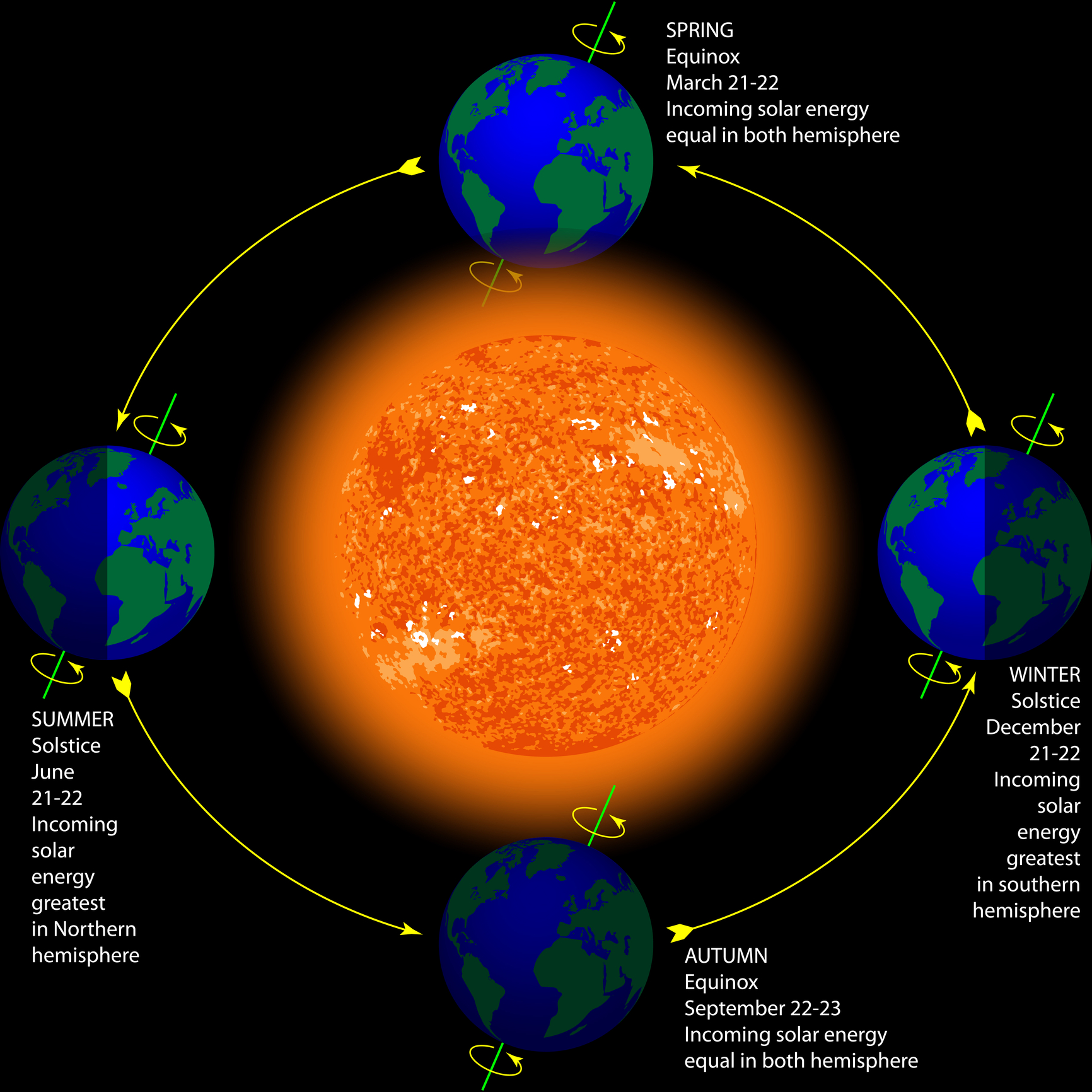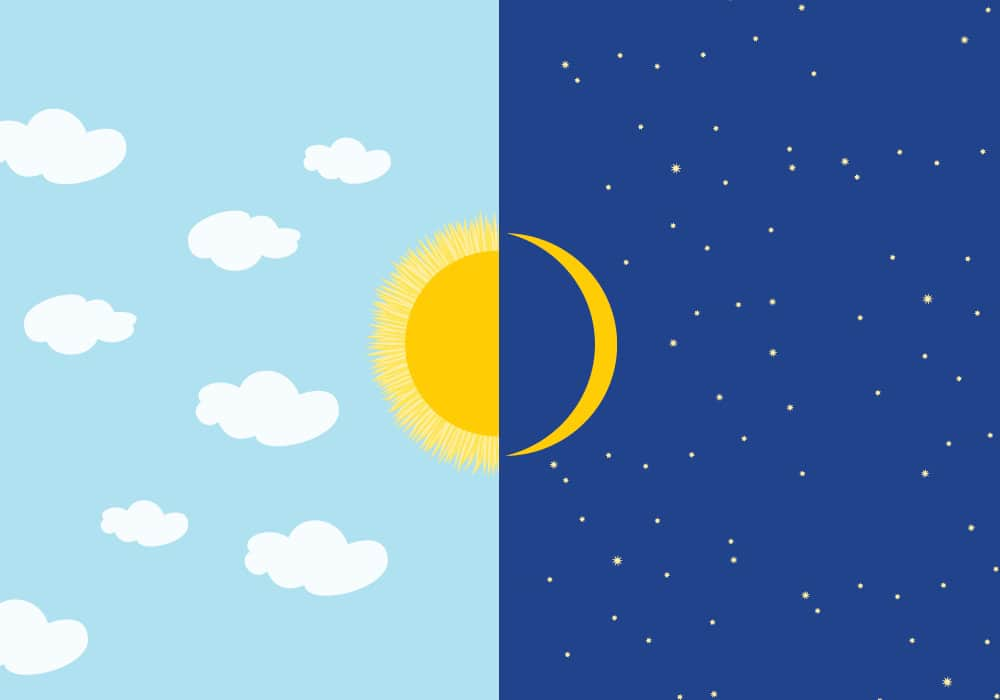


In the Southern Hemisphere, the names are the other way around. Note that the times below were calculated using AutumnalEquinox in the Mathematica application package Scientific Astronomer, which is accurate to within only an hour or so, and in practice gives times that differ by up to 15 minutes from thoseĬomputed by the U.S. In the Northern Hemisphere, the March equinox is also known as the spring or vernal equinox the September equinox can be called the fall or autumnal equinox. Eastern daylight saving time, subtract 4 hours, so the autumnal equinox occurs at

The table below gives the universal time of the autumnalĮquinox. The above plots show how the date of the autumnal equinox shifts through the Gregorian calendar according to The autumnal equinox marks the first day of Northward and occurs on the date of the northern vernal equinox. Hemisphere, the autumnal equinox corresponds to the center of the Sun crossing the celestial equator moving Other factors influencing the timing of the equinoxes and solstices include variations in the length of a tropical year and in the orbital and daily rotational motion of the Earth, such as the “wobble” in the Earth's axis (precession).The date (near September 22 in the northern hemisphere) when night and day are nearly of the same length and SunĬrosses the celestial equator (i.e., declination 0) moving southward (in the northern hemisphere). When this happens, the equinox and solstice dates shift back to the earlier date again. To realign the calendar with the tropical year, a leap day is introduced (nearly) every four years. Eventually, the accumulated lag becomes so large that it falls on the following date. This means that the timing of the equinoxes and solstices slowly drifts apart from the Gregorian calendar, and the solstice happens about 6 hours later each year. However, our planet takes about 365.242199 days to orbit the Sun. Today's Gregorian calendar has 365 days in a common year and 366 days in a leap year. The date of the equinoxes and solstices varies because a year in our calendar does not exactly match the length of the tropical year-the time it takes the Earth to complete an orbit around the Sun. Tropical years from 1900 to 2100 Why Does the Date Vary? It can vary by up to 30 minutes each year. In the Northern Hemisphere it takes place in March (19th 20th or 21st) In the Southern hemisphere it is the Sept. Also known as a solar year, a tropical year is approximately 365 days, 5 hours, 48 minutes, and 45 seconds long. The Vernal equinox is the Spring equinox.
Spring equinox definition astronomy full#
The March equinox can be used to measure a tropical year, the mean time it takes for the Earth to complete a full orbit around the Sun. The equinox in March is the start of spring in the Northern Hemisphere and the beginning of fall south of the equator.Įquinox and solstice dates-years 1-2149 Measuring the Tropical Year The March and September equinoxes mark the beginning of the spring and autumn seasons on Earth, according to one definition. In reality, equinox days don’t have exactly 12 hours of daylight and 12 hours of dark.Įquilux: when day and night are (actually) equalĪstronomical terms & definitions The Equinoxes and the Seasons However, this is literal translation not entirely true. This is the reason it’s called an “equinox,” derived from Latin, meaning “equal night.” In other words, night and day are, in principle, the same length all over the world. On the days of the equinoxes, the Earth’s axis is perpendicular to the Sun’s rays, meaning that all regions on Earth receive about the same number of hours of sunlight. As the Earth travels toward the opposite side of its orbit, which it reaches in December, the Southern Hemisphere gradually receives more sunlight, and the subsolar point travels south.Įarth is tilted as it orbits the Sun, which is why equinoxes and solstices happen. In June, the Northern Hemisphere is tilted toward the Sun, and the subsolar point is north of the equator. The subsolar point moves north and south during the year because the Earth’s axis is tilted at an angle of about 23.4° in relation to the ecliptic, an imaginary plane created by Earth’s path around the Sun. The June solstice marks the northernmost point of its journey. Having reached its southernmost point at the December solstice, it starts moving northward until it crosses the equator on the day of the March equinox. Sun rise/set and day length around this equinoxĭuring the course of a year, the subsolar point-the spot on the Earth's surface directly beneath the Sun-slowly moves along a north-south axis.This corresponds to Monday, 20 March 2023, 21:24 UTC. In Odesa, Odessa, Ukraine: Monday, 20 March 2023, 23:24 EET (Change location) Business Date to Date (exclude holidays).


 0 kommentar(er)
0 kommentar(er)
